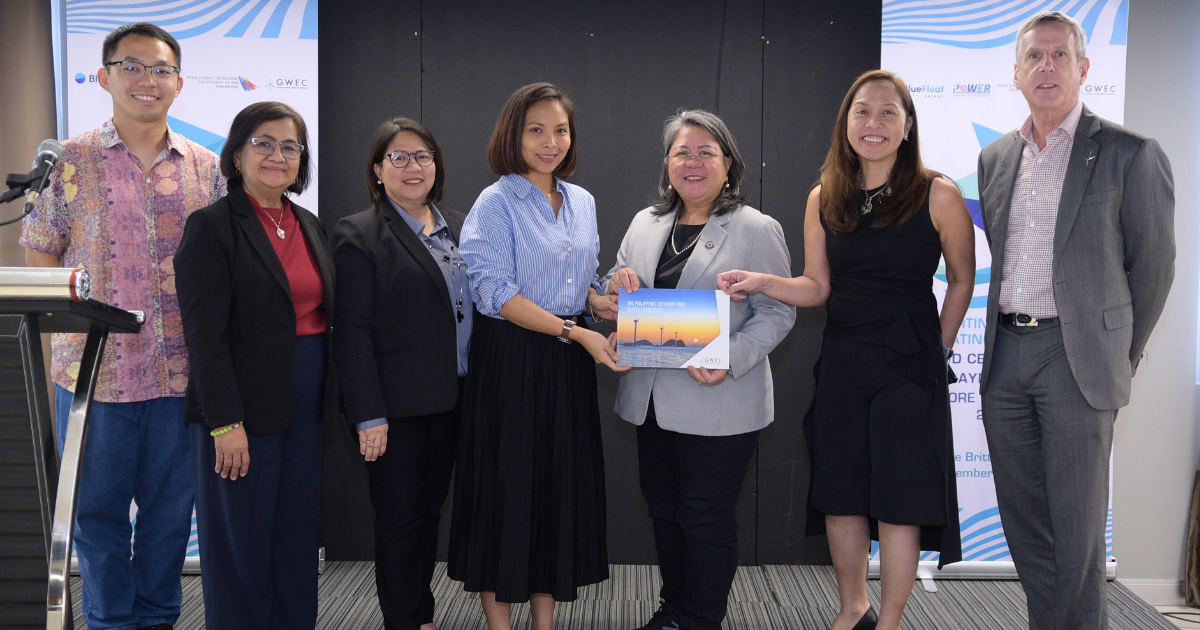Smarter localisation policy can deliver long-term economic stability and maximise benefits of wind energy, says new GWEC policy paper.
GWEC's new website is still being updated. We apologise if older news articles do not display correctly.
Article written by
The GWEC Team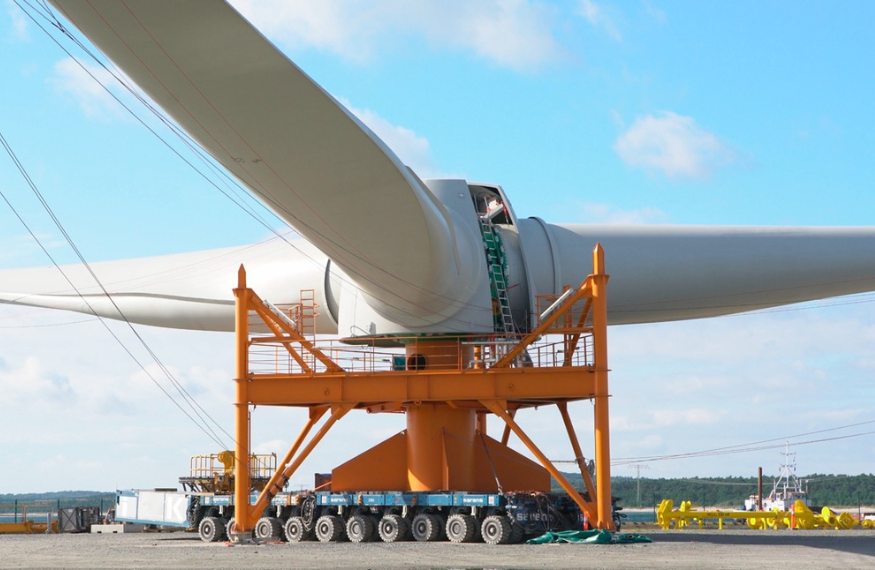
Smarter localisation policy can deliver long-term economic stability and maximise benefits of wind energy, says new GWEC policy paper
An Industry Perspective on Localization: Pro-business Measures to Drive Local Industrial
Development outlines how the strategic development of local supply chains—when done with flexible, market-friendly policies—can drive economic growth and energy transition goals. However, when localisation is pursued through rigid LCRs, it risks reducing international investment, raising costs, and slowing wind power deployment.
"Successful localisation is not about closing markets but about opening opportunities," said Stewart Mullin, GWEC’s Chief Industry Officer. "Local manufacturing capabilities will thrive when countries align industrial, energy, and infrastructure policies to create predictable, investable environments. Supply chain localisation will build resilience, but policy must avoid strict local content requirements and tariff barriers, which can increase costs and undermine healthy competition. The way to build a capable local industrial capacity is to pursue well-designed and effective incentive-based policies, such as training programmes, R&D funding, and infrastructure investment. The case studies provided by our members prove how these are more effective than protectionist measures in fostering sustainable local wind industries."
The report draws on case studies from Taiwan, South Africa, Denmark, India, and Poland, the briefing highlights practical, positive pathways for localisation. It emphasises the importance of training local workforces, leveraging existing industrial capabilities, and fostering regional collaboration.
The report details seven key principles that set out the industry’s preferred strategic framework to build up local industrial capabilities:
- Harness the benefits of international competition
- Ensure policy coherence across domains and governance levels
- Focus on establishing continuity and predictability of the market
- Leverage local industrial strengths
- Provide market incentives to attract investment
- Assess and empower the local workforce
- Consider regional collaboration
The wind industry calls on policymakers to consider localisation strategies that are incentive-based, aligned across sectors, and time-bound when LCRs or equivalent restrictive policies are used. With wind power deployment expected to accelerate this decade, getting localisation right is crucial for both long-term energy security and economic prosperity.

Alexander Bath
Communications Director-
alex.bath@gwec.net
GWEC Communications
Contact the Communications Team-
communications@gwec.net
Related articles
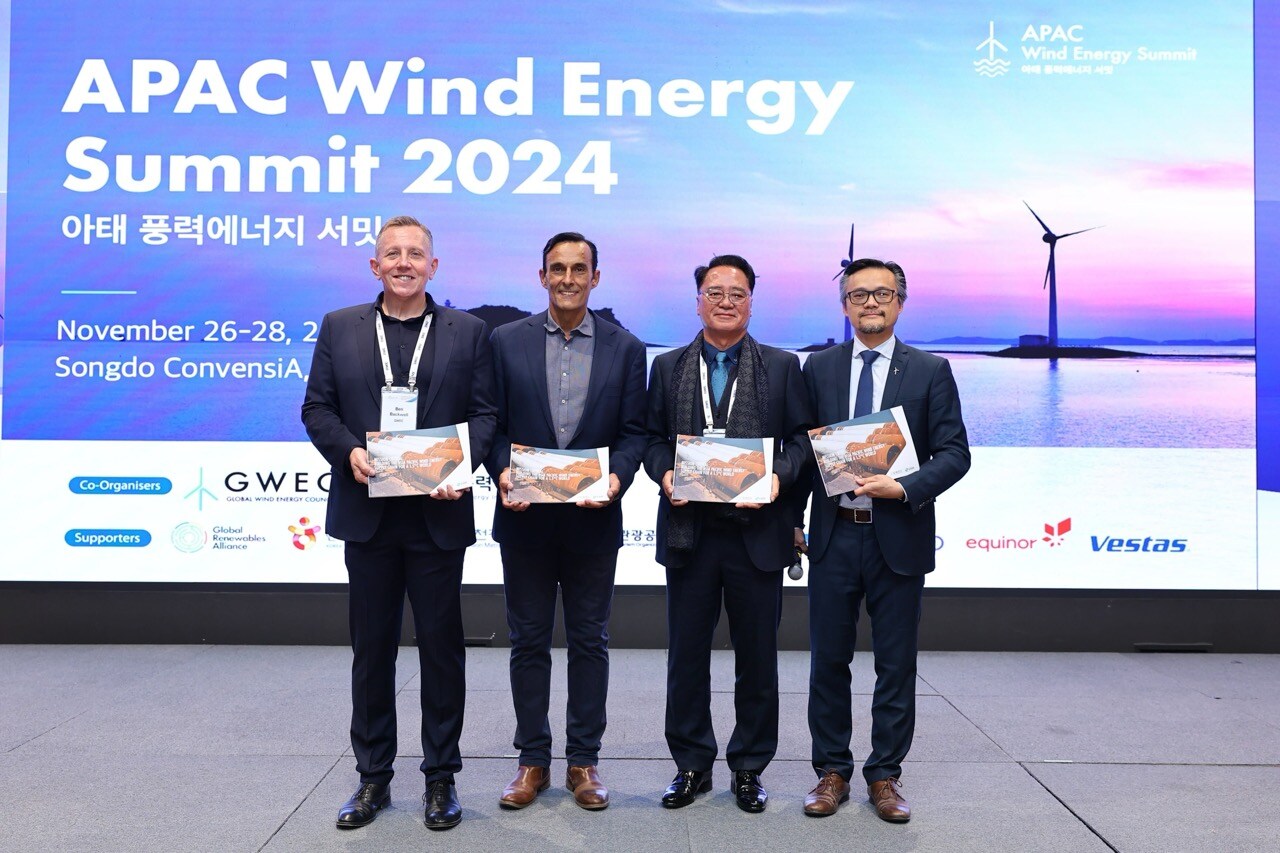
25 November, 2024
APAC’s enormous wind energy potential can only be unlocked with a scaled up, regional supply chain fit for growing demand and net zero ambitions, says new GWEC report
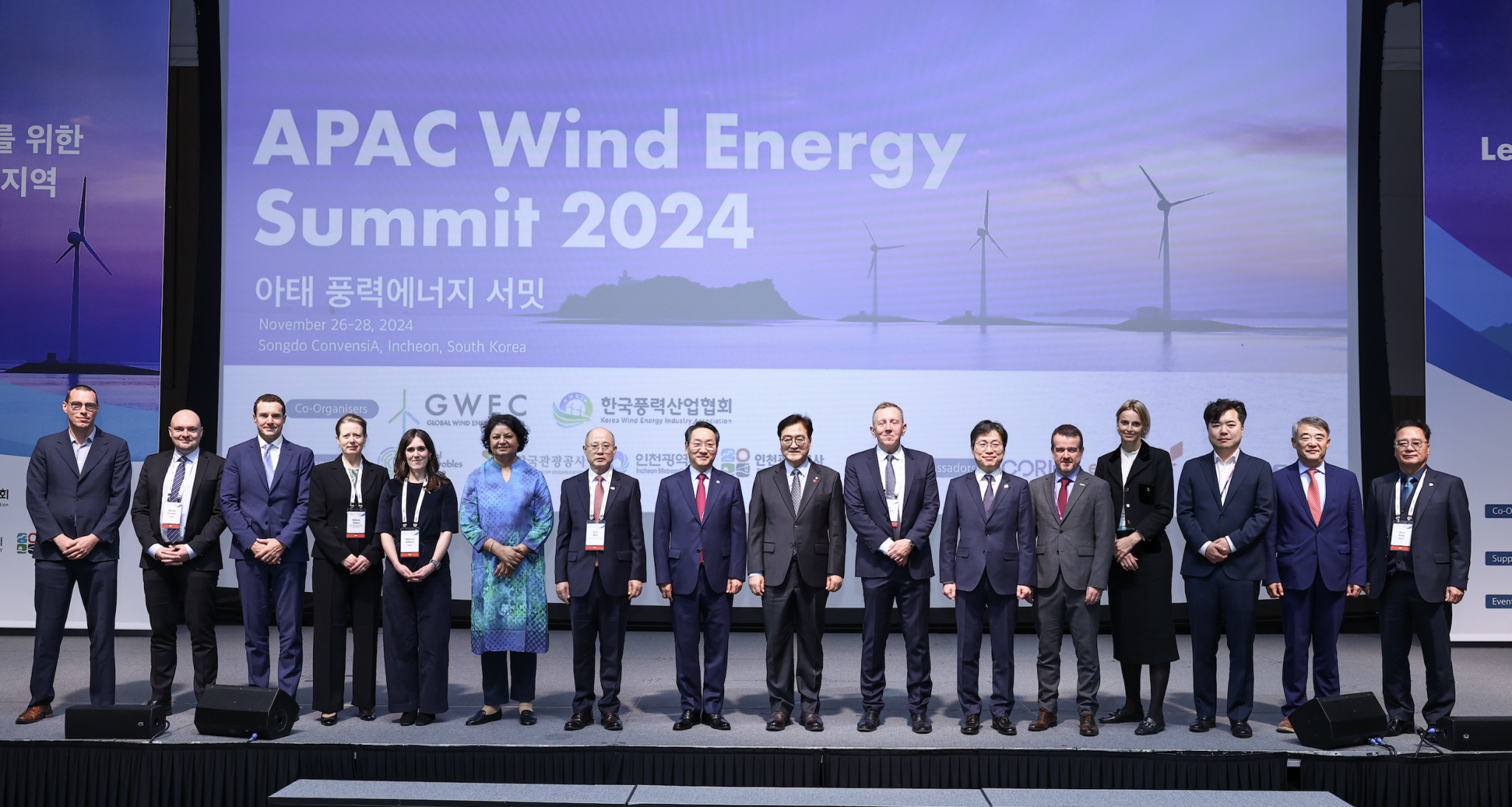
26 November, 2024
GWEC’s APAC Wind Energy Summit Debuts in Korea with Strong Support from Government and Local Industry Heavyweights
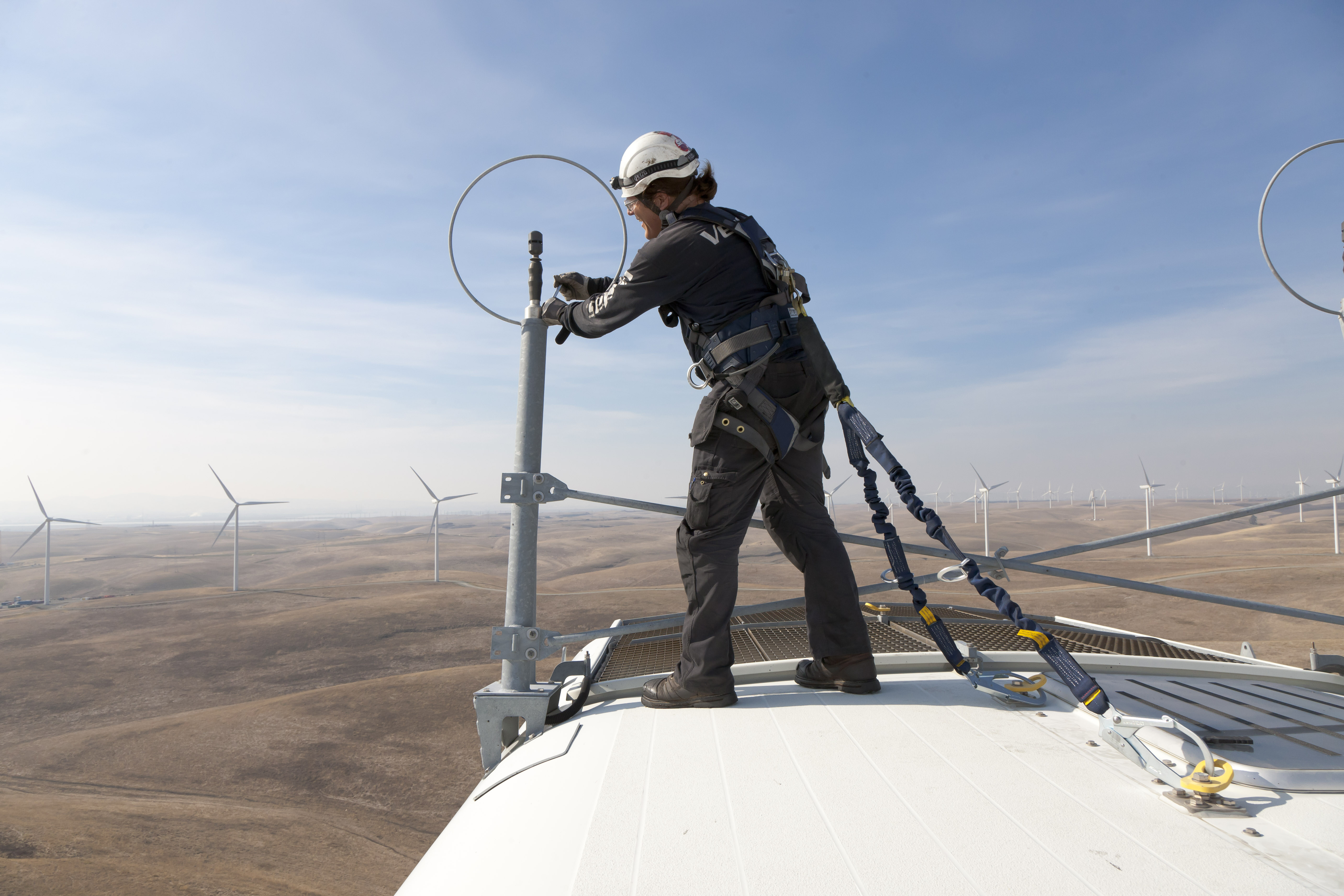
28 November, 2024
